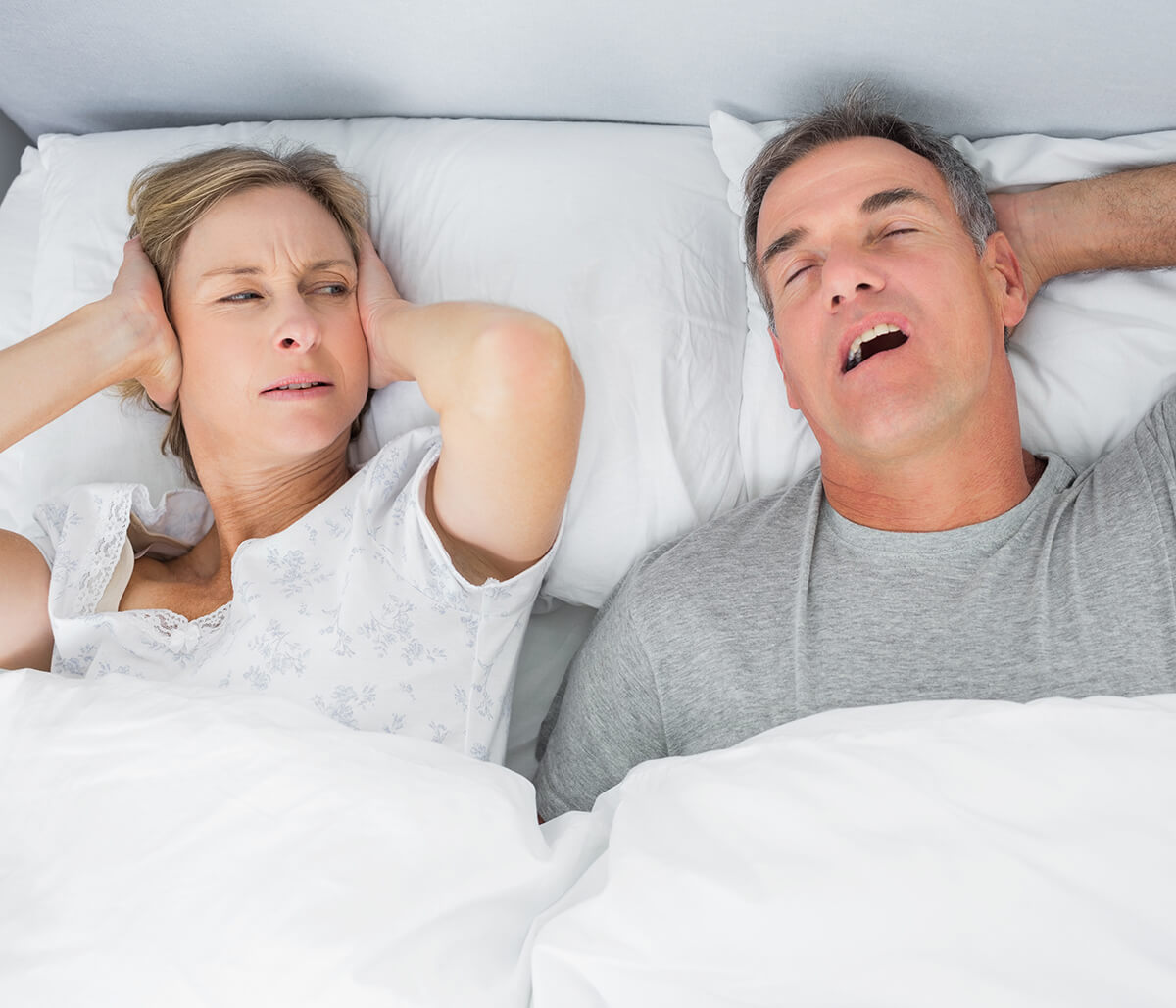Apnoea vs snoring: learn the difference and explore treatment options in Moonee Ponds
In recent years, sleep apnoea has made many headlines in health news. Scientific research has linked it to conditions ranging from heart attacks to diabetes, and even an increased risk of road accidents due to fatigue. Yet, it has few obvious symptoms aside from snoring. Understandably, many chronic snorers are wondering if they should be worried, and what their treatment options might be. Those in Moonee Ponds, Sunbury, and nearby communities can turn to the trusted team at Smile in Style for answers, guidance, and treatment using an innovative oral appliance.

Is it snoring or sleep apnoea?
In deep sleep, muscles – including those supporting the airway – enter a state of enhanced relaxation. Essentially, snoring is the sound of breathing through a slightly restricted airway. Obstructive sleep apnoea (OSA) is what happens if the airway is severely restricted, to the point that it is blocked and breathing stops. Typically breathing can stop for 10 seconds to one minute.
During the time that breathing stops, the brain recognises oxygen deprivation and begins to wake. Usually, muscles become taut as the person goes from deep to light sleep, and breathing resumes, usually accompanied by loud snoring. As oxygen intake resumes, the person can relax and slip back into deeper sleep. Again, the airway collapses, breathing ceases, and the cycle starts over and over again.
Generally, a person afflicted with sleep apnoea will not fully wake up between episodes, and therefore never realises that there is a problem. Even another person in the same room is unlikely to notice the interruptions in breathing because they can be so brief. However, the snoring that accompanies such events is quite noticeable.
Some of the most common symptoms include:
- Loud, intermittent snoring
- Gasping or choking during sleep
- Insomnia
- Frequently waking to go to the toilet
- Fatigue and daytime sleepiness
- Sore throat, dry mouth at night
- Morning headaches
- Difficulty concentrating, brain fog
Diagnosis of sleep apnoea requires an overnight sleep study. This can be performed either at a sleep centre or our patients can be fitted with a sleep study kit and can do the sleep study at home.
Solutions for better sleep

Snoring and obstructive sleep apnoea both originate with airway restriction. Therefore, the solution to either problem is to keep the airway open. This can be accomplished in several ways.
The first line of treatment for sleep apnoea is lifestyle changes. Sometimes, losing weight and reducing alcohol consumption at night can help.
For severe sleep apnoea, often the treatment is CPAP (continuous positive airway pressure), where a machine forces air into the breathing passage via tubes to keep the airways open. This treatment often has a low compliance rate as it is uncomfortable to wear while sleeping and can lead to a dry mouth. Furthermore, many sleep apnoea sufferers are looking for a more comfortable, less cumbersome treatment option.
At the other end of the spectrum is nasal strips, a popular over-the-counter snoring remedy. While they may improve snoring in some cases, they are not considered an effective treatment for sleep apnoea. Additionally, some snorers see little to no improvement from nasal strips.
Dr. Rose and the team at Smile in Style are proud to offer oral appliances for sleep apnoea and snoring. They are individually made and designed to support the airway in its optimal position, allowing you to breathe freely and naturally. The benefits of oral appliances include:
- May be used for snoring or for sleep apnoea
- Small and light enough to fit in your pocket
- No cords or tubes
- Convenient for travel, no electricity needed
Are you a candidate for oral appliance therapy?
Every person is different, and no single treatment is right for everyone. The best choice depends on the nature and severity of your sleep apnoea. Please call Smile in Style at 03 8001 6021 (Sunbury) or 03 8400 4104 (Moonee Ponds) and schedule a consultation to discuss your options or book online at our website www.smileinstyle.com.au

